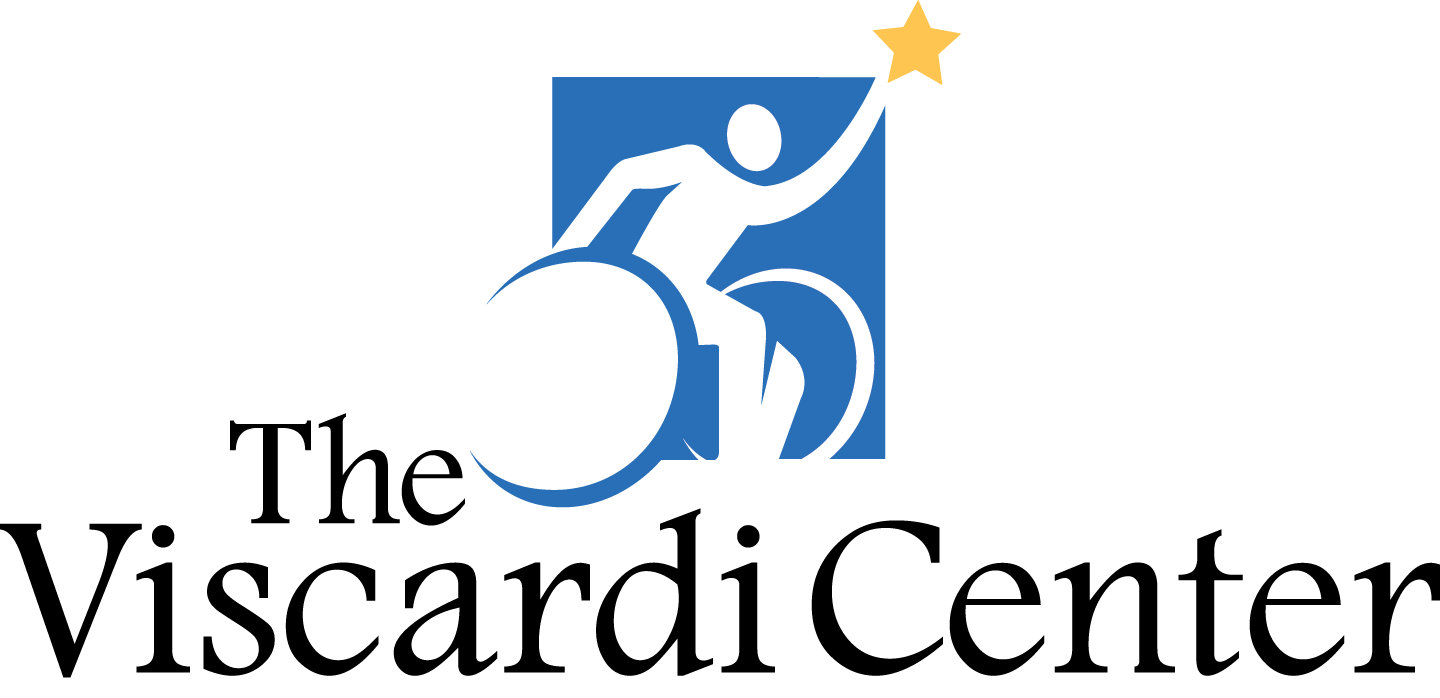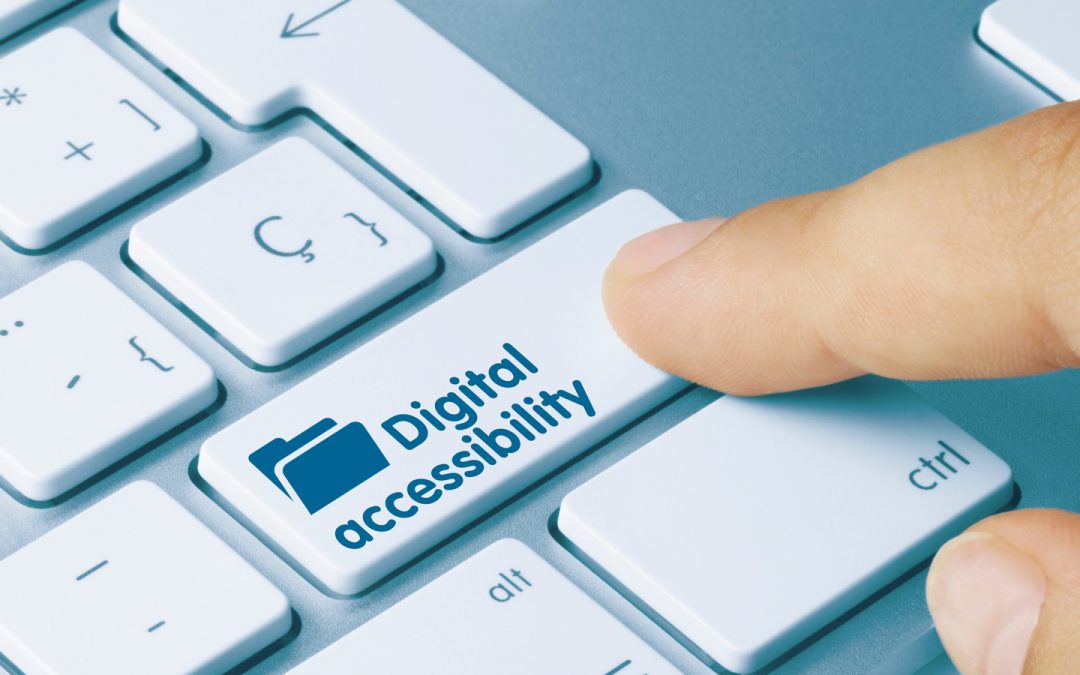By Michael Caprara
While it may seem like an emphasis on diversity, equity, and inclusion (DEI) is relatively new, history shows it began decades ago. One only needs to think back to the civil rights movement of the 1960s, or the push for anti-discrimination legislation addressing gender, sexual orientation, religion and other identities. As a disability service provider, The Viscardi Center knows the significance of the Americans with Disabilities Act (ADA) of 1990.
What is relatively new is the awakening that disability is DEI. With DEI now a strategic priority, organizations have realized its importance when it comes to hiring and retaining qualified candidates and employees with disabilities, serving a broad customer/client base that may include individuals with physical, visual or hearing limitations and loss, and expanding revenue streams. With over 61 million Americans with a disability and one billion people with disabilities across the globe, the inclusion of accessibility in the DEI mix was inevitable, hence the addition of “A”. Truth be told, DEI cannot be fully achieved without the “A.”
Accessibility means making sure every aspect of an organization – physical structure (ramps, elevators, automatic doors, restrooms, etc.) as well as digital information, assets and experiences (websites, documents, videos, events, kiosks, mobile apps, podcasts, etc.) – can be used and accessed by everyone. Everyone includes employees, clients, customers, students, residents and other stakeholders. While there are regulations and legislation, such as the ADA and Web Content Accessibility Guidelines (WCAG), in place to mandate accessibility in most information and communication technology, “A” is still often overlooked in an organization’s vision of DEI.
As the digital revolution continues to transform the way we all conduct business in the 21st century, access to digital information and resources is crucial to ensure that all individuals have the opportunity to participate fully and equitably in our economy and communities. A large portion of the way people work, make purchases, find information, and navigate everyday life today happens online. Accessibility makes digital experiences universally better for all users.
Need more convincing?
- 12 million people, over age 40, have low vision or blindness and may rely on a screen magnifier or screen reader;
- Over 11 million people have hearing loss;
- 39 million Americans have motor disabilities which can impact the use of a mouse or keyboard; and
- A recent survey found 50% of Americans use captions when watching video most of the time – including Gen Z and Millennial viewers.
Dr. Chris Rosa, President & CEO of The Viscardi Center, offered this advice for organizations seeking to promote diversity and inclusion in their workplace, “Leverage the same organizational assets and best practices that you use to meet other goals in order to promote diversity and inclusion in your workplace. Be strategic, planful, and metric driven in order to benchmark success in meeting diversity and inclusion goals, including those focusing on accessibility.
“The U.S. continues to be increasingly diverse, with those from historically underrepresented communities – including individuals with disabilities – growing dramatically. All businesses must evolve to meet the needs of these target markets. Business owners are seeking new and untapped audiences for their products and services. We’d like to remind them that the disability community is an underleveraged market – 1 in 4 individuals in the U.S. have a disability. In fact, the global disability community has a combined disposable income of $1.2 trillion. We encourage businesses to devise products and services that are attractive and accessible to consumers with and without disabilities.”
Making digital environments accessible empowers students, employees, customers, and other users with disabilities to independently utilize them. From the first moment our founder, Dr. Henry Viscardi, Jr., opened our doors he was committed to making the world more inclusive. His innovative, groundbreaking work, which became a model for the world, centered on creating employment and education opportunities for children, adults and veterans with disabilities. Over 70 years later, we continue his mission. As technology has evolved and plays an ever-growing role in our daily lives Viscardi has been at the forefront of ensuring people with disabilities have equal access to digital content and environments.
The Viscardi Center can ensure “A” is part of your DEI strategy. Let us help you advance your DEIA efforts.
The Viscardi Center was the recipient of the Long Island Imagine Awards first DEIA Award. This recognition is a testament to the Center’s unwavering commitment to its vision to accelerate a more accessible, inclusive world for all people. In this brief video our CEO, Dr. Chris Rosa shares the value of DEIA and the importance of including people with disabilities.
 |
Michael Caprara Chief Information Officer, The Viscardi Center |

